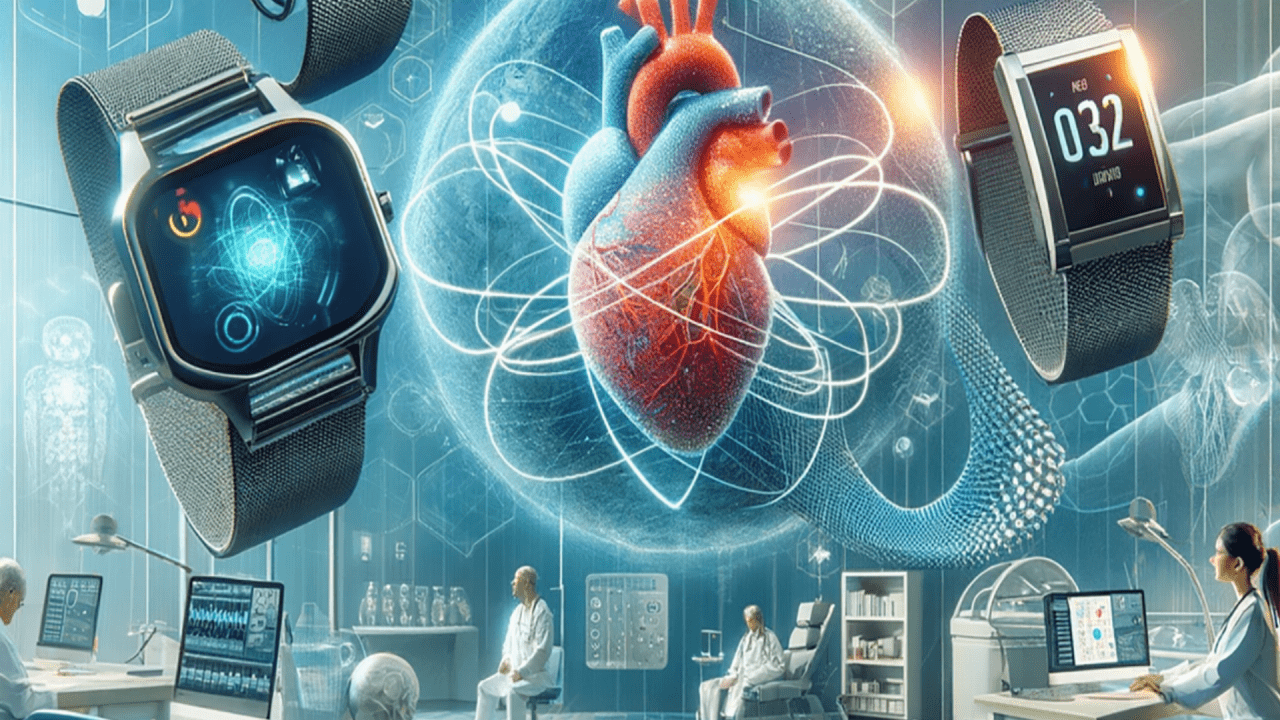Role of Radiology in Cancer Diagnosis and Treatment
Cancer, a word that strikes fear into the hearts of many, has been a formidable opponent throughout human history. However, with advancements in medical science, we have powerful tools at our disposal to combat it.
One such tool is radiology, a branch of medicine that utilizes imaging techniques to diagnose and treat various diseases, including cancer.
In this blog post, we'll explore the crucial role that radiology plays in the detection and treatment of cancer, using simple language to make complex concepts understandable for everyone.
Understanding Radiology:
Before we delve into its role in cancer diagnosis and treatment, let's first understand what radiology is. Radiology involves the use of different imaging techniques to visualize the internal structures of the body.
These techniques include X-rays, computed tomography (CT), magnetic resonance imaging (MRI), ultrasound, and nuclear medicine scans.
Diagnosis:
Radiology plays a pivotal role in the diagnosis of cancer. When a patient presents with symptoms suggestive of cancer, such as unexplained weight loss, persistent pain, or abnormal lumps, imaging tests are often ordered to investigate further.
These imaging tests can help doctors locate tumors, determine their size and extent, and assess whether cancer has spread to other parts of the body.
For example, a mammogram, which is a type of X-ray, is commonly used for the early detection of breast cancer. Similarly, a CT scan can provide detailed images of organs like the lungs, liver, and pancreas, aiding in the detection of tumors in these areas.
Radiology's Role in Treatment Planning:
Once cancer is detected, radiology becomes the guiding light for treatment. Imaging scans provide crucial information that helps doctors decide the best course of action.
For example, they can determine if surgery is needed to remove a tumor or if radiation therapy and chemotherapy are better options.
Radiology also helps doctors plan treatments with precision, ensuring that cancer cells are targeted while minimizing harm to healthy tissue. This personalized approach improves the effectiveness of treatment and reduces side effects.
Monitoring Cancer's Response to Treatment:
As treatment progresses, radiology continues to be a valuable ally. Regular imaging scans allow doctors to monitor how the cancer is responding to treatment.
Are the tumors shrinking? Is the cancer spreading? These are questions that radiology helps answer. By tracking changes in the size and shape of tumors over time, doctors can make informed decisions about adjusting treatment plans to ensure the best possible outcome for the patient.
Conclusion
In the battle against cancer, radiology is a true hero. From detecting cancer in its earliest stages to guiding treatment plans and monitoring progress, radiologists play a crucial role in saving lives.
By harnessing the power of imaging technology, doctors can better understand and combat this formidable disease. So, the next time you hear about someone beating cancer, remember that radiology was likely a key player in their victory.
It may not wear a cape, but radiology is undoubtedly a superhero in the fight against cancer.




